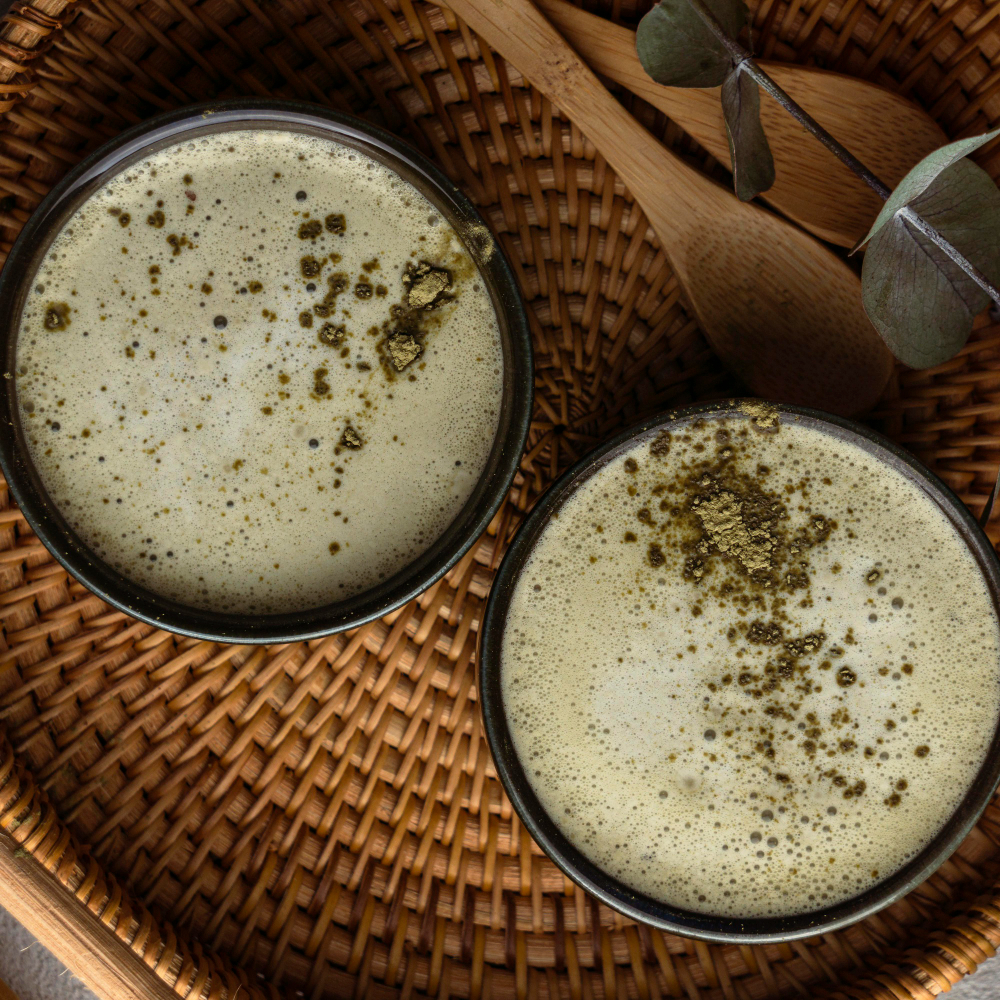Exploring Different Kava Varieties: Strains, Potency, and Flavor Profile

Grown all over the South Pacific, kava is a plant used traditionally by island natives for over 3,000 years. The shrub’s roots are ground up and made into a tea or kava drink used in island customs and rituals. While each variety of kava offers a unique experience, the plant overarchingly promotes inner peace and happiness.
Let’s look more closely at kava varieties and find out what to expect in potency and flavor.
Understanding the Differences Between Noble and Tudei
The two primary types of kava are noble and tudei, each with its own strains. Noble kava is lighter than tudei and not as long-lasting, so it’s many people’s choice for daily use—particularly if you’re new to the drink. Though tudei can be heavier than noble strains, it does have its benefits. Some people prefer tudei to help ease muscle pain or for other medicinal purposes.
How do you know if kava is noble or tudei, and how is nobility established? There are six primary alkaloids, or organic compounds, in each strain of kava. The order of prevalence of each alkaloid within the kava is called the chemotype—the number that determines nobility. The chemotype tells you what effects you’ll likely feel from each strain.
If a chemotype begins with the number 2—for instance—feelings of relaxation and sedation are the most prevalent qualities within that strain. A chemotype starting with a 3 means the kava will be more stimulating and promote creativity. Some strains of kava primarily offer a deep sense of happiness and an elevated mood, while others provide pain relief.
Strains of Kava
Kava is grown on islands all over the South Pacific, and each area will have unique strains—with over a hundred in total. The potency and effects of these strains can also differ depending on whether the kava comes from the plant’s basal roots or lateral roots. Though some kava varieties vary slightly in flavor, the drink’s bitterness is what’s most notable.
Solomon Islands kava typically has relatively sedating properties and is used daily for stress relief and relaxation. It’s also often used for ceremonial purposes.
Kava from Papua New Guinea is typically longer lasting and more potent than strains elsewhere. This type of kava can provide a deep sense of euphoria. Because the tudei strain is heavier, it’s often used in ceremonies or medicinally.
Vanuatu kava can be slightly heavier than strains from other countries, making it a great option to use ceremonially. Kava is also grown in Fiji, Tonga, the Samoas, Hawaii, and other Pacific Islands.
Choosing the Right Strain for You
Identifying what you hope to gain from your experience with the plant is crucial in choosing the strain that works best for you. Are you hoping to feel more stimulated or relaxed? Are you looking for pain relief or creativity? Tudei varieties have effects that may last for a full two days, while noble strains are lighter. Whichever type you choose, ensuring that your kava supply is grown organically will help you have the best experience possible.

